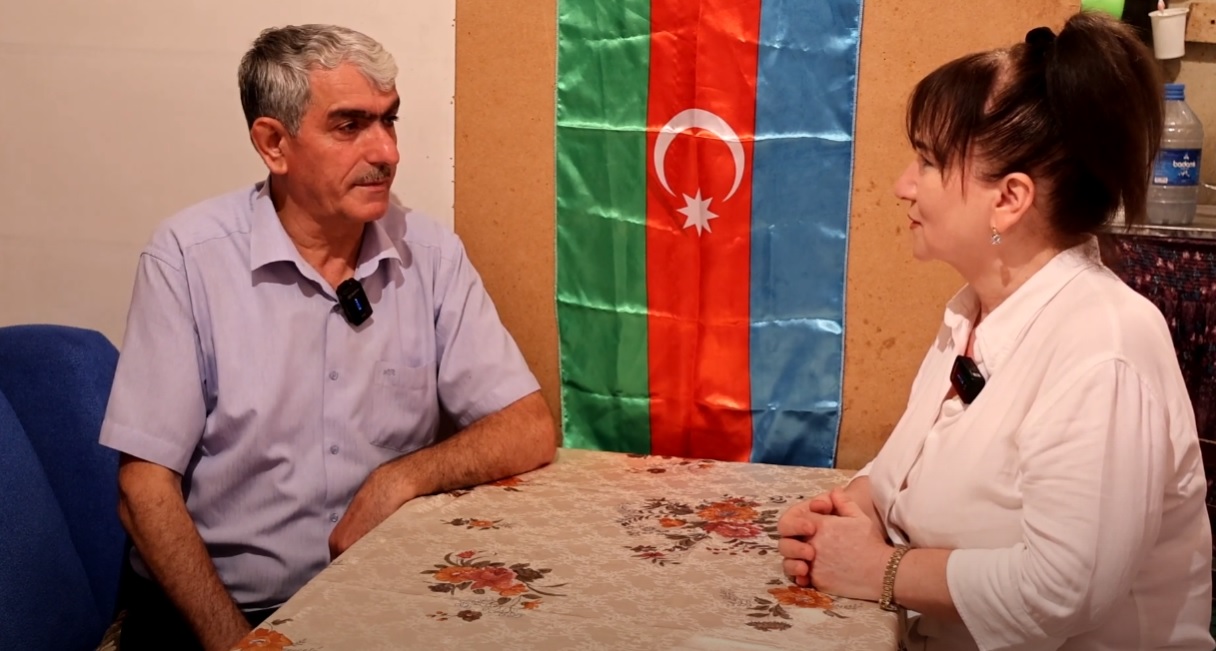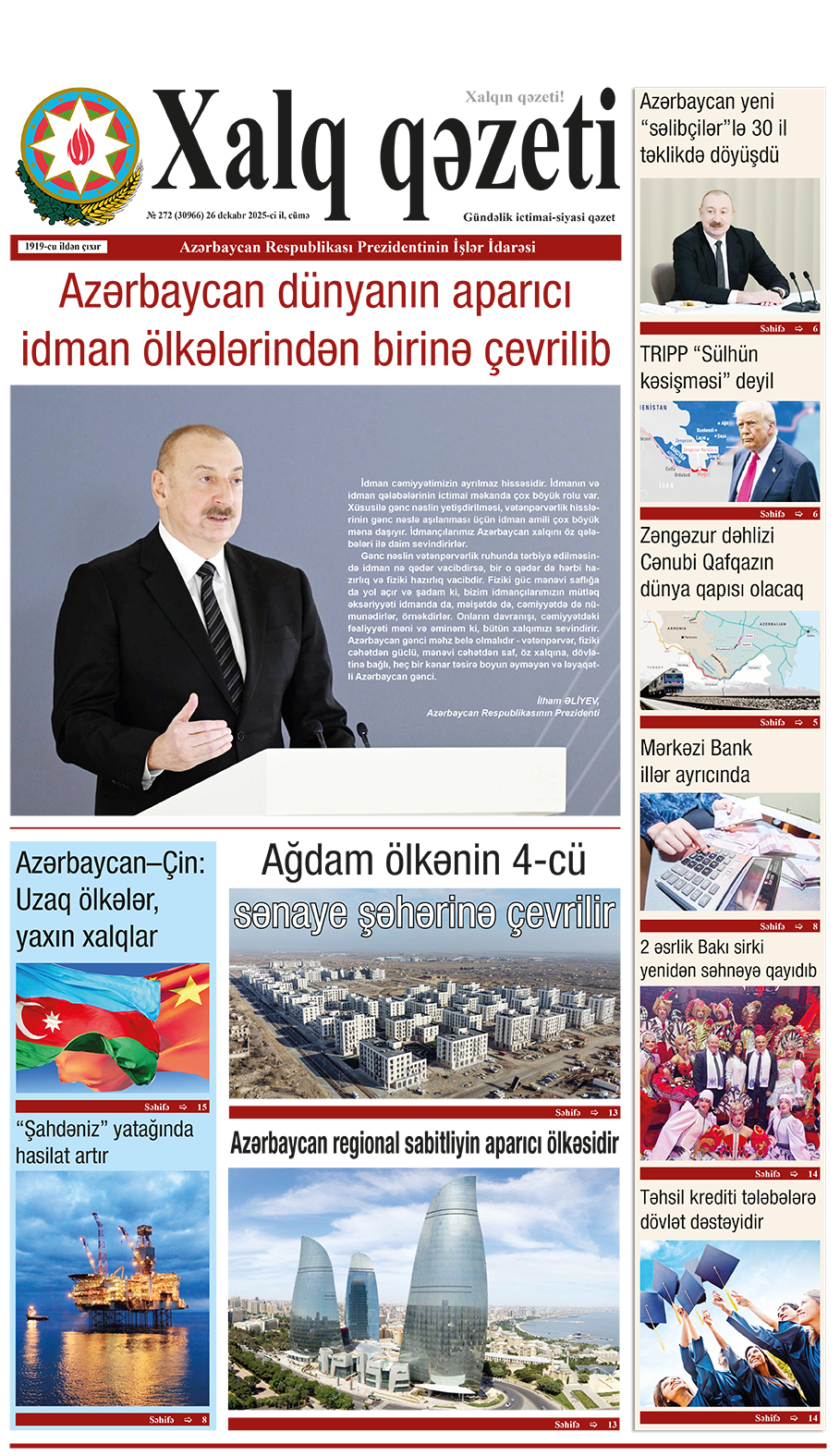ByJERUSALEM POST STAFF
A carved limestone block bearing a lion-head spout emerged from the soil of Bathonea, the ancient harbor city on the northern shore of Istanbul’s Lake Küçükçekmece.
A carved limestone block bearing a lion-head spout emerged from the soil of Bathonea, the ancient harbor city on the northern shore of Istanbul’s Lake Küçükçekmece. Archaeologists said the figure’s open mouth once funneled liquids into a rectangular vat cut into the bedrock, evidence that the site housed an olive-oil and wine facility during Late Antiquity, reported Sozcu.
“On one hand, we see artistic craftsmanship; on the other hand, an increasingly growing workshop structure. Bathonea continues to surprise us every year,” said Professor Dr. Şengül Aydıngün, head of the excavation at Kocaeli University, according to Aydınlık.
Aydıngün described the newly exposed space as “a smaller and much more elegant place,” adorned with the feline motif and equipped with a flat pressing platform beside the fermentation pool, reported Posta. A few steps away, a larger processing room uncovered last season formed part of a complex that now included at least two pressing floors, a network of channels, and multiple storage areas.
The team classified the installation as a production workshop only after established benchmarks were met. “After pressing, a place is needed to collect the olive or grape juice, so there must be tanks or pools,” she explained, according to NTV. Archaeologists documented pressing slabs, sloping channels, the lion-head spout, and deep vats.
Hundreds of ceramic containers also surfaced. “Here, you see amphorae… We found many amphorae in the same place. Their restoration is being done by our friends,” Aydıngün told NTV. Some vessels bore dipinti noting production centers and years of manufacture, reported Sozcu, offering insight into supply chains that linked Thrace with markets across the Aegean and eastern Mediterranean. Glass goblets recovered nearby, along with animal bones intentionally thrown into one of the pools, suggested on-site drinking and possibly religious rituals tied to the pressing season.
Advertisement
“We know that wine produced 8,000 years ago was later distributed to the Mediterranean geography through Anatolia and Mesopotamia, and that a lot of production and production knowledge was distributed in the Aegean and Egypt,” Aydıngün told Milliyet. She said wine was once “the drink of gods, kings, and elites” before spreading among the population and noted its ritual and medicinal roles in Ancient Greece and Rome, reported Posta.
Fieldwork at Bathonea began in 2009. Excavation trenches along the Avcılar district’s lakeshore hosted dozens of specialists who planned to work until the autumn rains, aiming to trace the workshop’s full perimeter and any related storerooms or shipping areas. Posta stated that Bathonea was listed among the Top Ten Most Important Archaeological Discoveries in the World, and Turkish officials said the site offered a rare snapshot of urban life on the outskirts of Constantinople during the transition from the Roman to the Byzantine Empire.


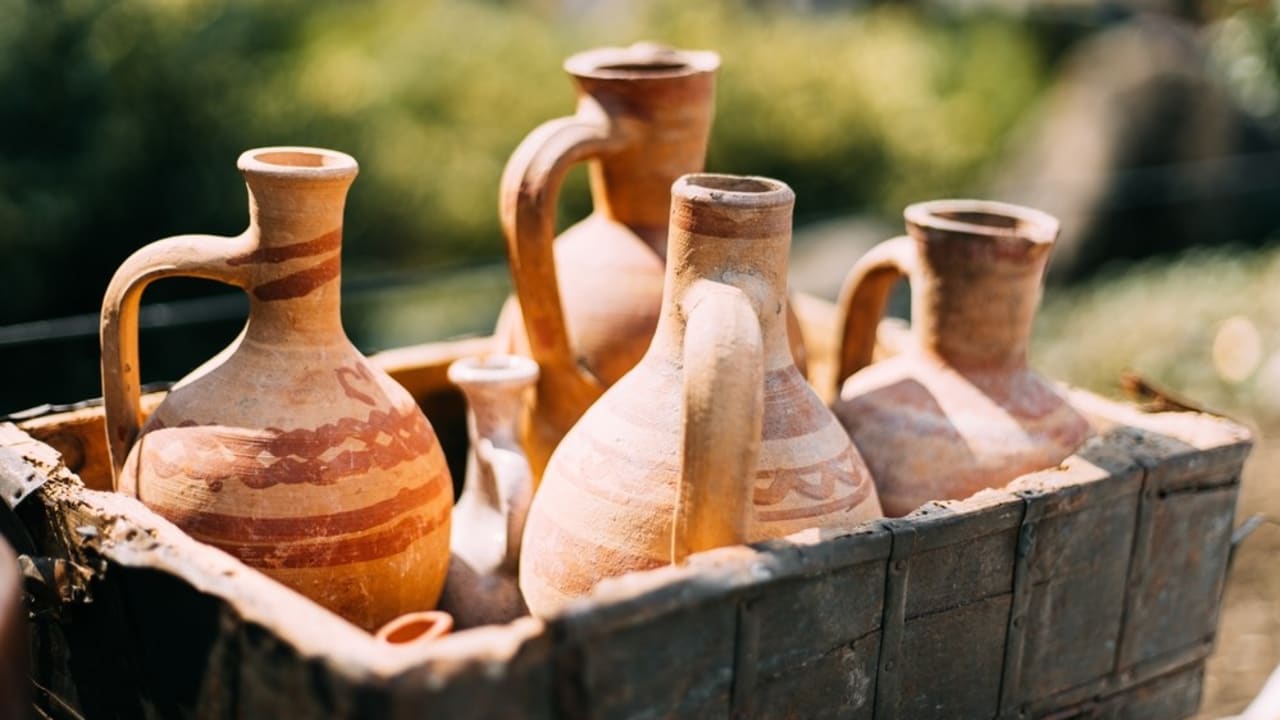


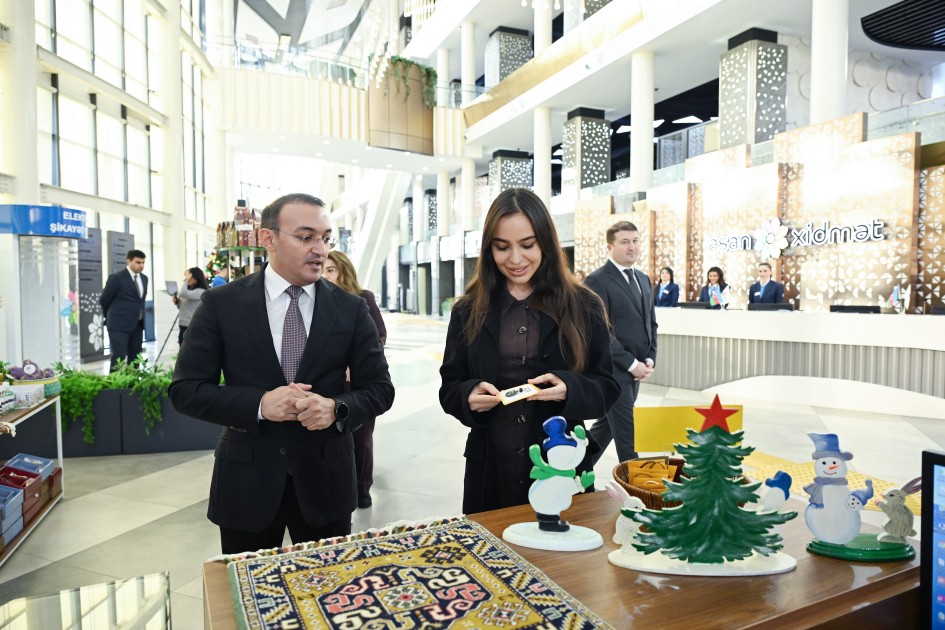
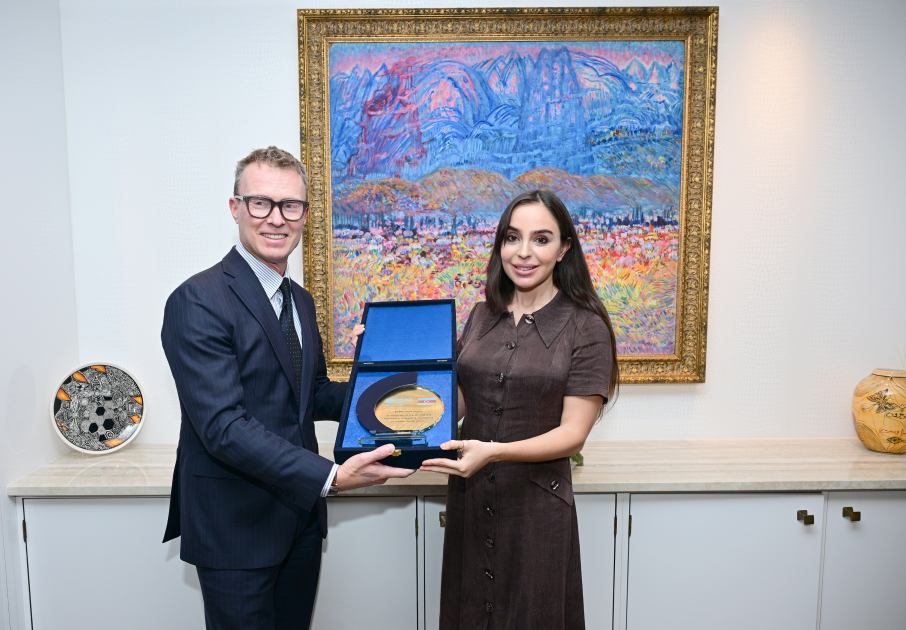
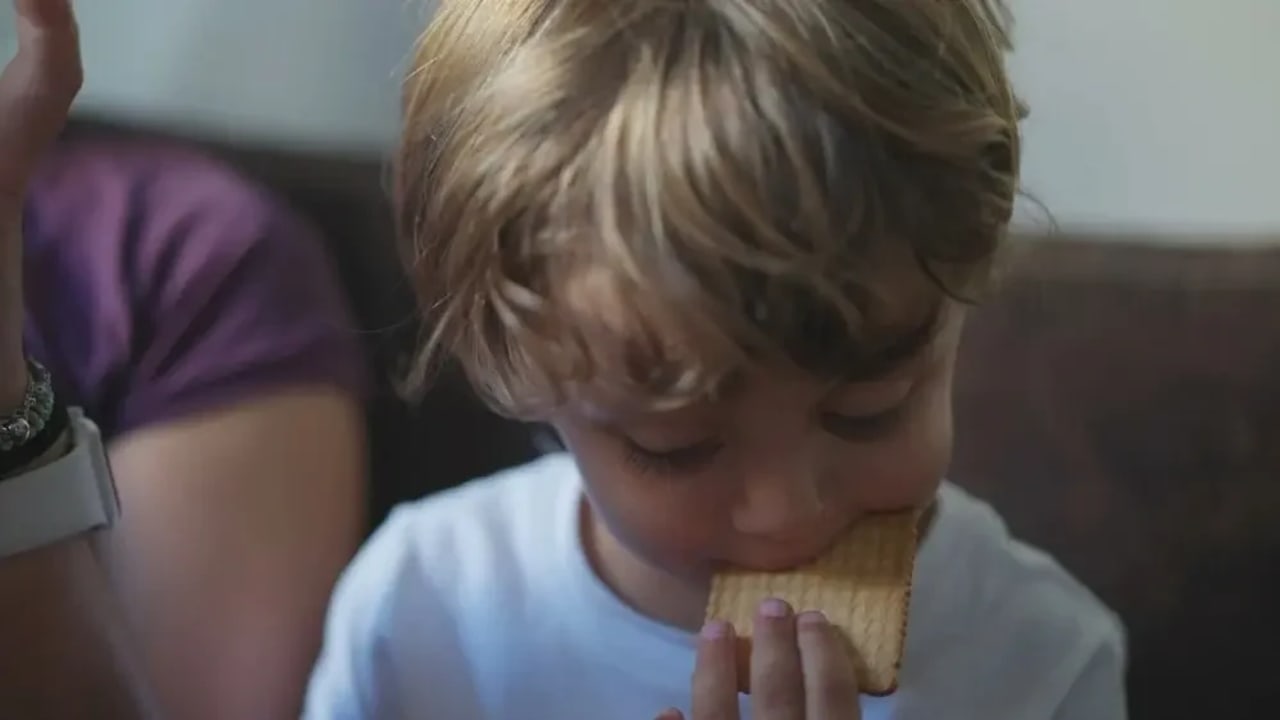
.png)



